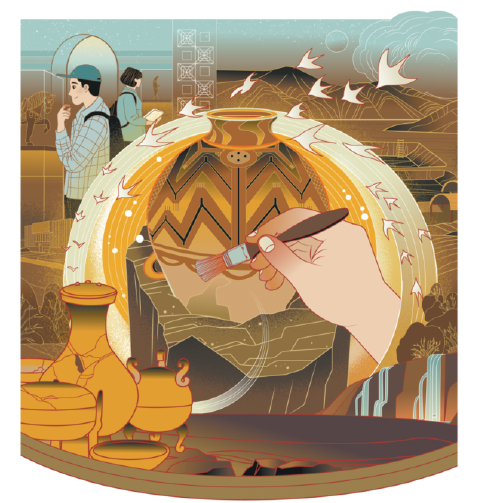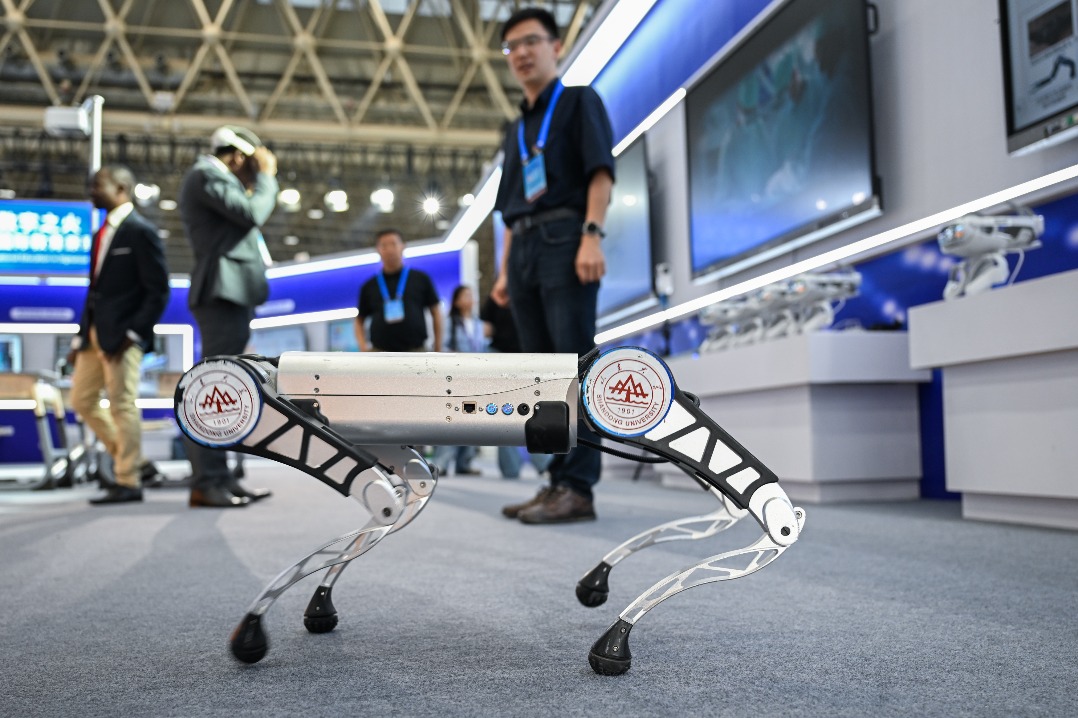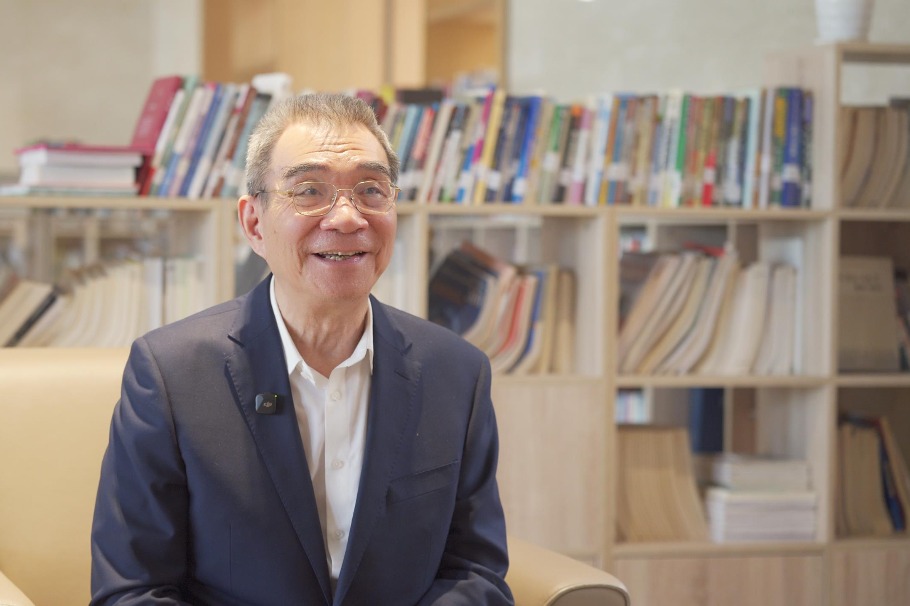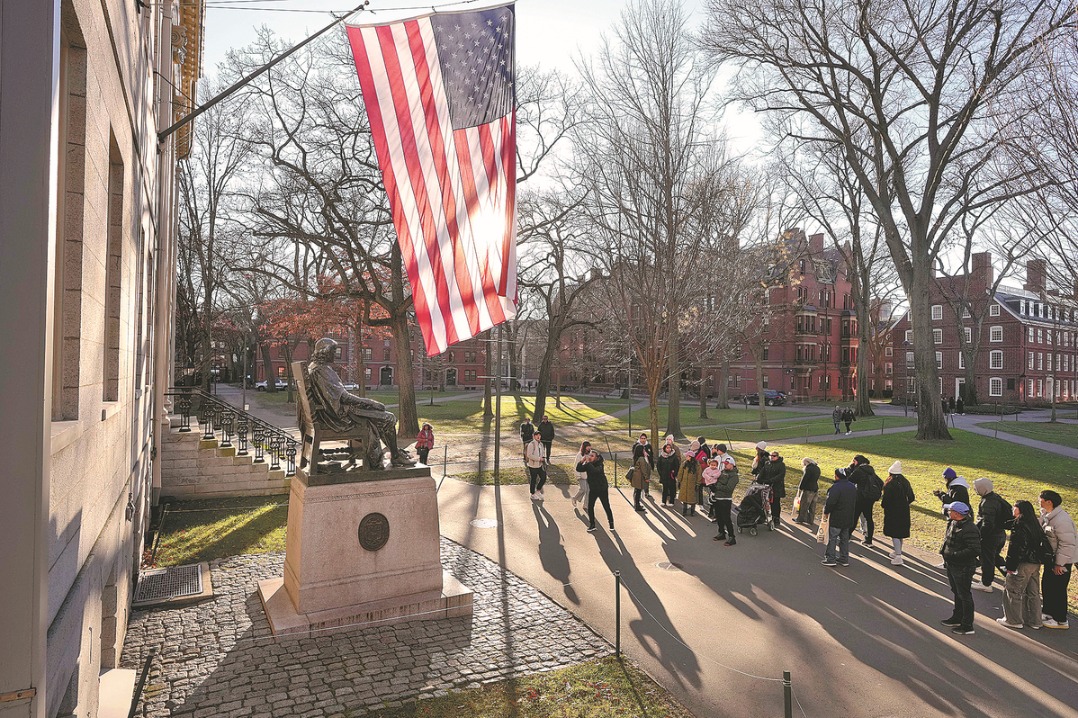Archaeology as a weapon? — Western countries vs China


Recently, the British news magazine The Economist published an article criticizing "the use of archaeology as a weapon by the Chinese government" in the context of the archaeological excavation at the Mo'er Temple Site in the Xinjiang Uygur autonomous region. This article reflects the common bias of the Western world toward the Chinese archaeological community.
Modern archaeology is a discipline that uses scientific methods to study the remains and artifacts of the past in order to understand human origins and gain knowledge for the future. However, as developed nations often try to establish their historical legitimacy, archaeology has frequently been used as a weapon by them. The role that Western archaeology has played in the formation of Western-centric perspectives is no exception, and this can be seen through four main aspects.
The first aspect is the tradition of classical archaeology. Since the Renaissance, European scholars have sought to find their roots in the past. Through the systematic collection of ancient artifacts and large-scale excavations of ancient cities such as Pompeii, the long-lost Greco-Roman civilization reemerged and was viewed by the modern Western countries as the source of its own superiority.
The second aspect is the quest for human history during the prehistoric period. In the 19th century, scholars such as C.J. Thomsen questioned the biblical account of Creation through their study of the Stone Age and the development of the theory of biological evolution. This led to the progressive view of history replacing the degenerative view of history. Against this backdrop, social Darwinism, which regarded the West as the most advanced society, was born.
The third aspect is the use of the "culture-history" research method. This approach aims to reconstruct the ancient cultural and ethnic lineages with archaeological remains, but has often been misused by racists. The research on the origins of the Germanic people by German archaeologist Gustaf Kossinna, for example, was later exploited by his disciples to support Nazi Germany's theories of racial superiority and genocide.
The last aspect is the processual archaeology that became popular in the second half of the 20th century. This school of thought, based on multilinear evolutionism, seeks to study the universal laws of human social evolution through scientific methods. While it acknowledges the dynamic nature of evolution, it insists on the uniformity of these laws, which are based solely on Western experiences and neglects other voices in human history.
These demonstrate how Western archaeology has been used as a weapon by those in power. In contrast, Chinese archaeology has never been used as a weapon to undermine others.
Chinese archaeology originated in the 1920s as a result of the introduction of Western knowledge into China, and its main line of development was established by Chinese scholars who had studied abroad, such as Fu Sinian, Li Ji and Liang Siyong. The critical examination trend of ancient history during the New Culture Movement weakened the credibility of Chinese ancient history but failed to provide a new foundation. Scholars from the Institute of History and Philology with Academia Sinica took up the challenge and attempted to reconstruct ancient history using scientific archaeological methods in order to trace the roots of Chinese civilization.
After the founding of the People's Republic of China, Chinese archaeology continued the mission of reconstructing ancient history and gradually built a spectrum of ancient Chinese material culture through the study of archaeological materials. It also focused on discussing the productive forces and relations of productions, economic foundations and superstructures, as well as the stage characteristics of social development in ancient China. This reflective understanding of national heritage and the expectations for the future are undoubtedly valuable.
Since the 1980s, Chinese archaeology has shifted its focus from "reflecting on national heritage" to "reconstructing values". For example, prominent archaeologist Su Bingqi summarized the characteristics of Chinese civilization as being "pluralistic and integrated", "like stars shining all over the sky", and presented a trilogy of the origins of Chinese civilization as "ancient states, regional states and dynastic states". Academic initiatives such as a project to trace origins of the Chinese civilization have reevaluated the complexity of prehistoric Chinese society and outlined the continuity of Chinese cultural lineage.
From a comparison between Chinese and Western archaeology, we can see that the criticism by The Economist is unjustified.
First, the early stages of Chinese archaeology had the intention of "tracing back national history", but this should be understood as a reaction against colonialism and the influx of Western knowledge. From the perspective of cultural pluralism advocated by the Western academic community today, China, as a civilization beyond the Western world, defending its historical roots is beneficial for achieving cultural diversity in the world.
Second, the Western countries mistakenly assume the existence of a "Sino-centric view" as a counterpart to the "Western-centric view "and therefore hold hostility toward the Chinese academic community. However, Chinese archaeology has already surpassed this narrow view. Classic theories such as "pluralistic and integrated pattern "describe Chinese civilization as an open system with multiple structures. Furthermore, Chinese archaeology recognizes the contributions of foreign influences in agriculture, technology, religion, as well as the continuous interactions between China and its neighboring regions as important factors in the development of Chinese civilization.
Last, when it comes to the Mo'er Temple Site and archaeological research in Xinjiang, Xiyu, a term used to describe today's Xinjiang and Central Asia in the past, had already been within the sphere of influence of central dynasties in ancient China as early as the Western Han Dynasty (206 BC-AD 24), as evidenced by local administrative mechanisms, languages and written records, and cultural customs. Although Buddhism originated in India, the Buddhist culture at the Mo'er Temple Site exhibits strong characteristics of China's Central Plains, resulting from Buddhism's eastward transmission to the Central Plains and subsequent flowing back westward combining Chinese features. Scholars such as James A. Millward, who deny the position of Xinjiang in Chinese civilization based on the argument that the political and military control of the central dynasties in Xiyu was not thorough enough, fail to understand the concept of diversity and adhere to a nation-state mindset that emphasizes the boundaries of nation, ethnicity, and culture must coincide. They are the true proponents of Central Plains centrism.
In conclusion, Chinese archaeology is not a weapon but has already developed a perspective that transcends the notion of civilization centrism.
The author is a PhD candidate of archaeology at Peking University. The author contributed this article to China Watch, a think tank powered by China Daily. The views do not necessarily reflect those of China Daily.
Contact the editor at editor@chinawatch.cn.


































